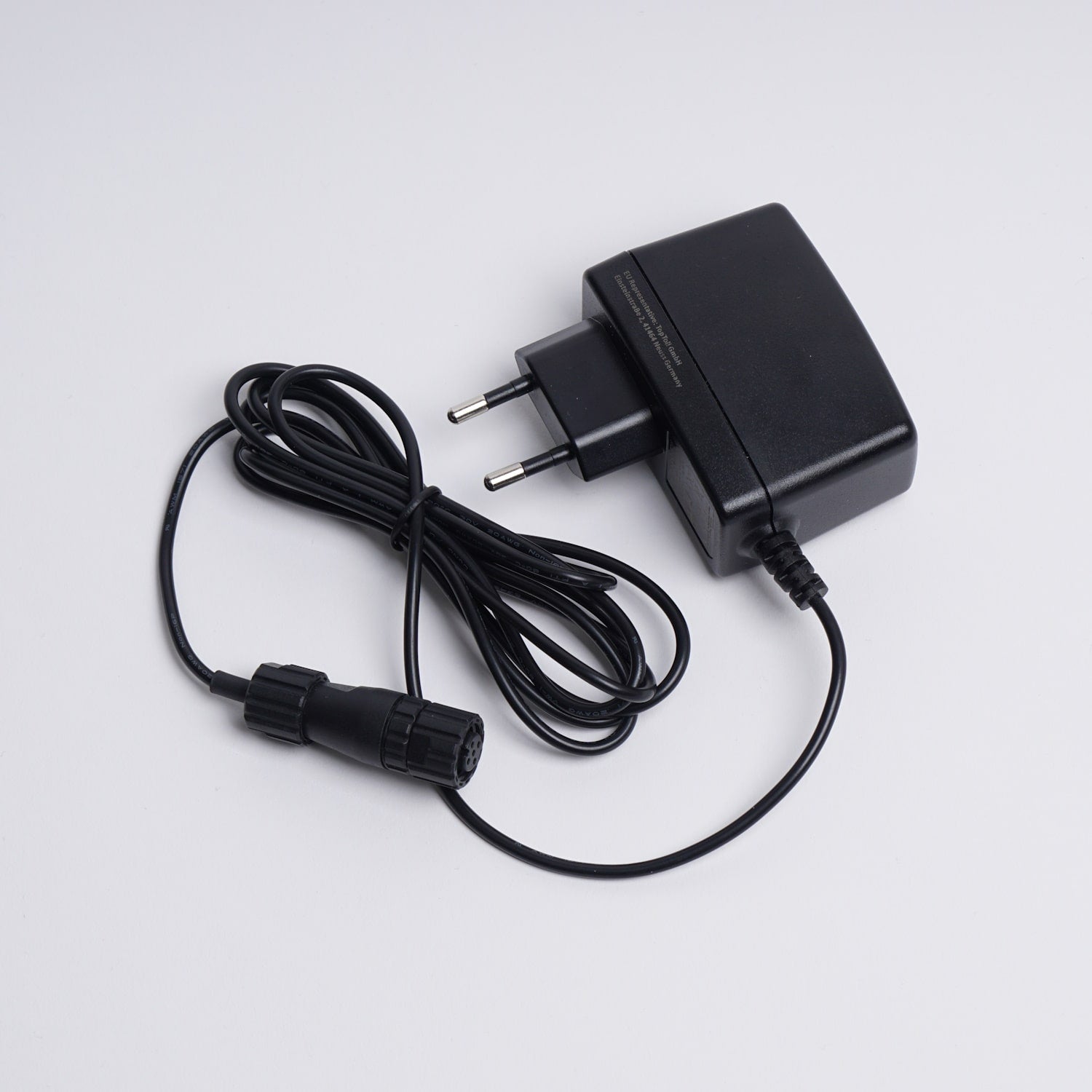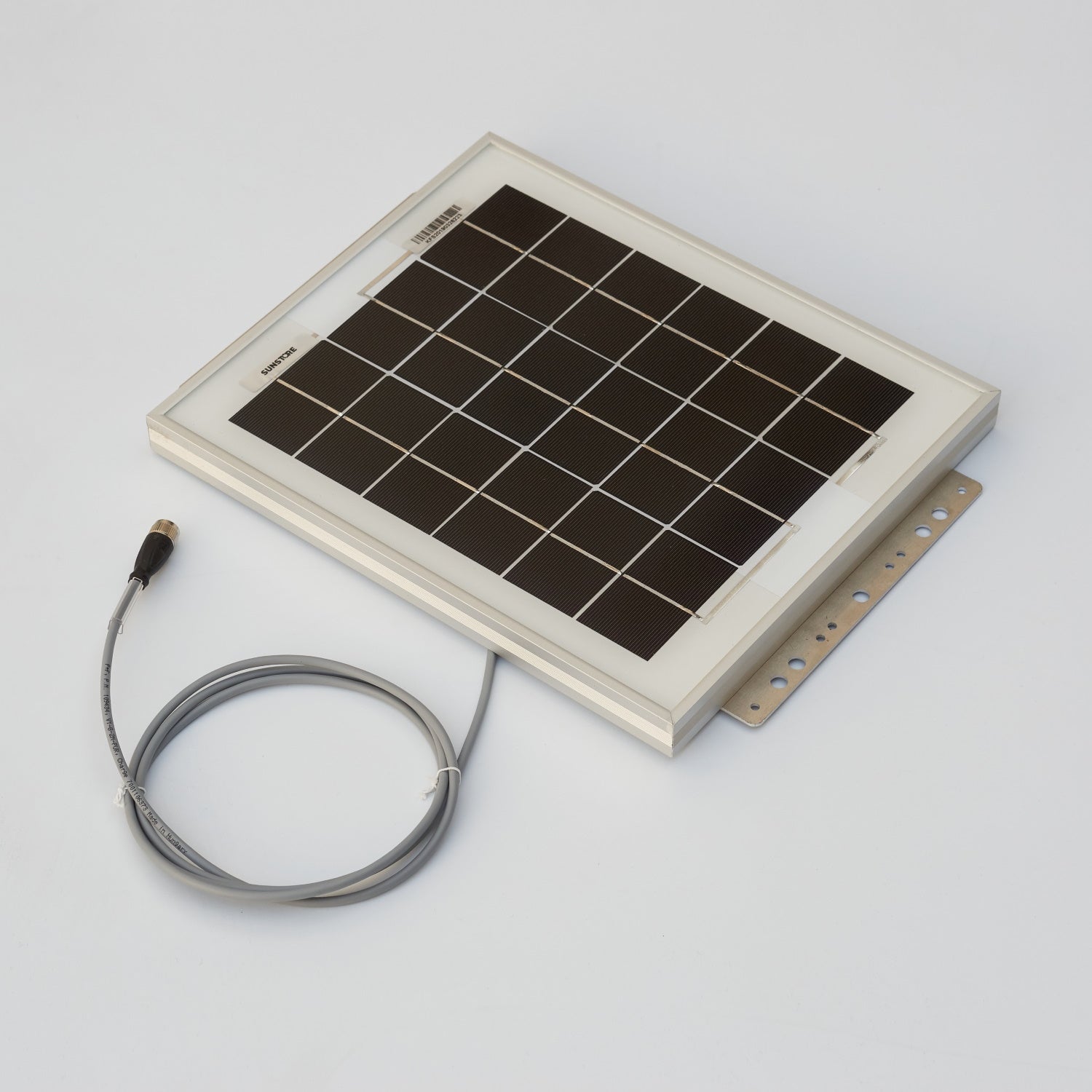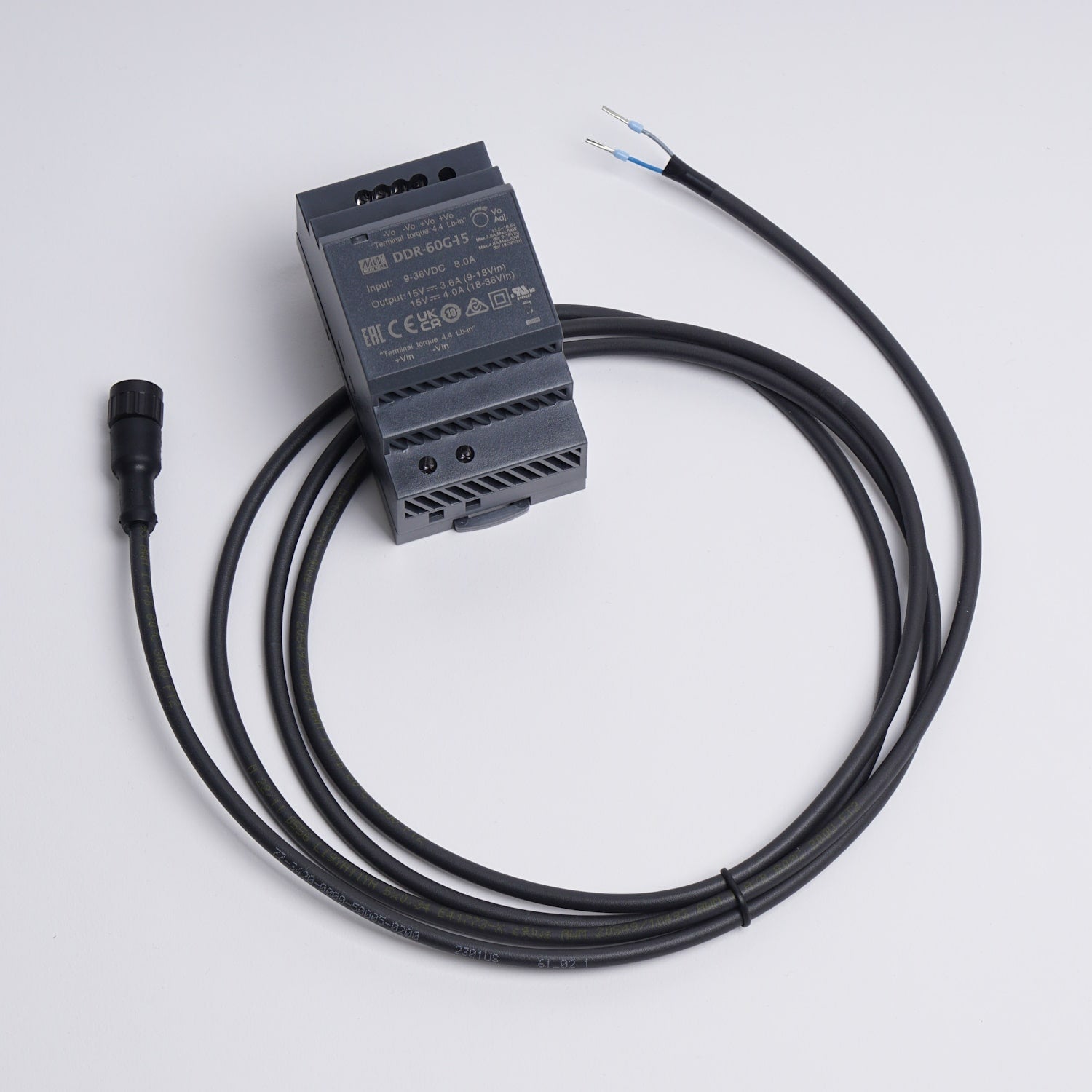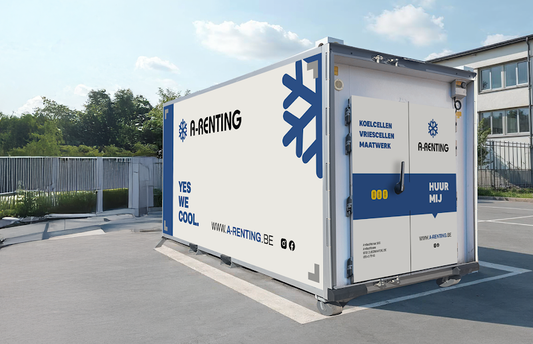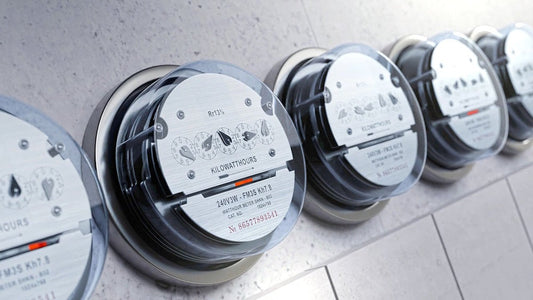How is Reporter powered?
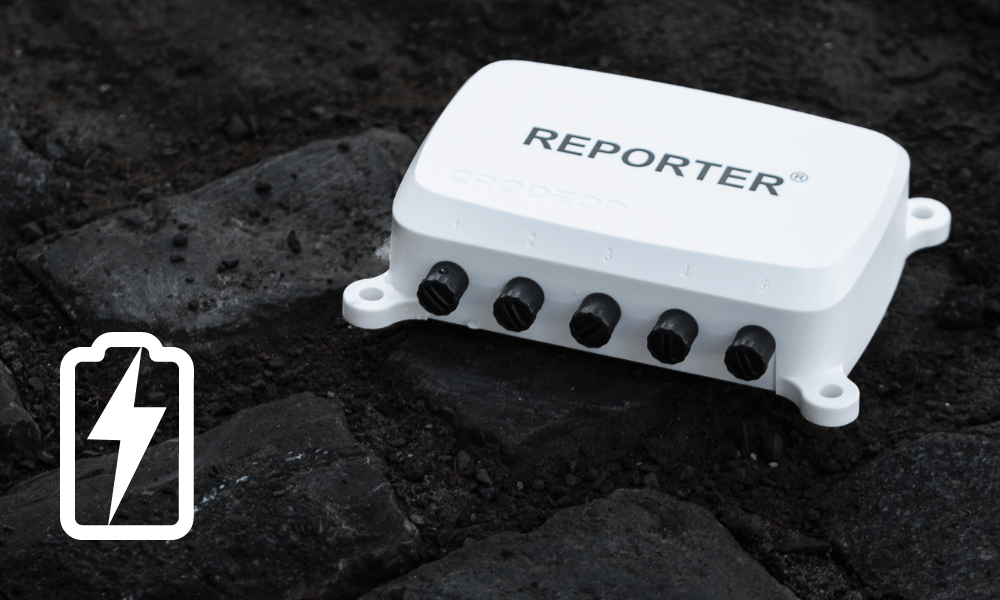
Our Remote monitoring system Reporter is both compatible with grid power and solar power. Every Reporter comes with an internal back-up battery of 5200 mAh. This battery ensures that even during a power outage, your measurements will continue until you've had time to fix the problem. It also helps to ensure that solar-powered Reporters continue to measure and monitor during the night.
Depending on your location and your measuring project, you should consider what option works best for you.
Grid power
In more populated areas you can be certain that the option for a power socket is available. If your project allows it, the easiest option for a reliable power source is to choose grid power. Besides, this also allows you to monitor power cuts if they were to happen.
When to use grid power for your Reporter
In the following situations we recommend using grid power:
- Indoor projects
- Projects where you can plug the charger into some sort of covered socket
- Projects where you want to monitor the power grid or a generator to detect power outages
- Outdoor projects where there is insufficient daylight for a solar panel
- Outdoor projects that require high-power sensors
The charger plug is IP22, meaning that it cannot be used outside or in otherwise humid or moist environments. This means that even if you have an IP44 socket on your outside wall, you cannot use this socket to charge or power your Reporter. The same goes for measuring on a construction site or research site: you cannot plug the power changer into an ‘open’ distribution box.

Power outage alarm
If your grid power would stop working for any reason, Reporter will detect this. You can choose to enable a power outage alarm so you will receive an alarm notification if a power cut happens. We don't recommend using a power outage alarm when you use solar power. The simple reason is that you would receive alarm notifications every night when the sun goes down.
Solar power
In remote areas, the option for a power socket is often not available. Using a solar panel to charge and power your Reporter can solve this otherwise challenging issue. As long as there is sufficient daylight, Reporter will be able to charge itself. This solar option greatly widens the range of projects that can be monitored and measured by Reporter.
When to use a solar panel for your Reporter
In the following situations we recommend that you use a solar panel:
- Outdoor projects where no (covered) socket is available
- Outdoor projects that are at risk of lightning strike
- Outdoor projects where you don't need to monitor grid power or a generator
When you want to place an installation such as a weather station at the top of a mountain, it is at risk of getting struck by lightning. To prevent the huge electrical charge from directly entering your own power grid and wires, causing a lot of damage, we would recommend you use the solar panel. If your installation gets struck, the chance that other equipment that is plugged in gets damaged, is lower.

Before going out into the field
Before placing your Reporter outside with its solar panel, we recommend fully charging the internal battery using grid power. Every Reporter comes with a standard charger that allows you to do this. On the Crodeon Dashboard you'll be able to see the battery status of your Reporter.
If you forget to do this, it can cause Reporter to need some more time before the device is able to fully start up and start measuring. Preventing this is the best option.
DIN rail power charger
Sometimes neither grid power nor a solar panel are compatible with your remote monitoring project. In such cases, a DIN rail power supply can be a solution to your problem. This power module converts 9-36VDC to 15V, making it a perfect match to power your Reporter sensor device.
The charging module comes with a 2m open end to M12 cable to easily connect to your Reporter's charging port.
Internal battery
When Reporter is connected to the power grid or its own solar panel, the internal Lithium-Ion battery is charged. This also means that when the power is cut due to an outage, no sun or simply being plugged out, Reporter still has back-up power. Reporter carries a 3.6V 5200 mAh Lithium-Ion battery.
This internal battery is able to power Reporter for at least a week. We do however recommend connecting the device to a reliable power source for your own peace of mind.
Low battery alarm
Reporter comes with a built-in low battery alarm. This means that whenever the device is at risk of shutting down due to a nearly empty battery, it will send you an alarm notification.
Voltage
Reporter works on a low voltage, meaning that it always needs a power charger to work when connected to the 230V power grid. It is extremely important to use the right power charger for your Reporter, because the wrong voltage might fry your device. We always include a compatible power charger with every Reporter and recommend that you only use this one. When directly applying 230V from the power grid to the M12 connector, Reporter will break.
The difference between two generations of Reporters
At the end of 2022 we launched a new generation of Reporter. In the image below you can see the new model (left) and the old model (right). Sensors and chargers are not interchangeable between these two systems. They are technologically incompatible.

If you happen to be the proud owner of different generations of Reporters, it's important to never mix up old and new power chargers and solar panels. The two systems work with different voltages and different directions in which the electricity moves.
-
When you connect an old power charger or an old solar panel to your new Reporter, you will damage your Reporter.
-
When you connect a new power charger or a new solar panel to the old Reporter, it simply won't work and the system won't charge. You will not damage your Reporter.
If you have both systems and have questions about compatibility, please contact us.
How to recognise the difference between the two models of chargers and solar panels
|
New Reporter
|
Old Reporter
|
|
|---|---|---|
| Number of connected pin holes in female M12 connector | 5 (4 outer holes + the middle hole) | 4 (4 outer holes) |
| Charger plug | 18V output | 12V output |
| Solar panel | 18.2V output (Vmp) | 9.25V output (Vmp) |
The new Reporter has a max input of 20V, while the old Reporter has a max input of 12V.
Frequently Ask Questions about Reporter and power
How is Reporter charged?
Reporter can be charged by the power grid or a compatible solar panel.
How big is Reporter's battery?
The newest version of Reporter carries a 3.6V 5200 mAh Lithium-Ion battery.
How long can Reporter last without power?
When previously fully charged, the battery makes Reporter last for another week after losing its power supply.
What voltage does Reporter use?
The newest model of Reporter uses about 18-20V.
Does Reporter need a power charger?
Yes, Reporter is not directly compatible with 230V and always needs a power charger.
What solar panel does Reporter use?
Reporter is compatible with its own solar panel. This small but sturdy panel allows Reporter to be fully solar-powered.
How do I buy a power charger for Reporter?
In the Crodeon webshop we sell power chargers compatible with our devices. You can find the grid power charger here, or contact us if you need some advice.
How do I buy a solar panel for Reporter?
In the Crodeon webshop we sell solar panels compatible with our devices. You can find the solar panel here, or contact us if you need some advice.
Do different generations of Reporter use different chargers and solar panels?
Yes, the different generations of Reporter use different voltages and the pins in the M12 connector are arranged differently. This makes that the chargers and solar panels for the systems are not interchangeable.

